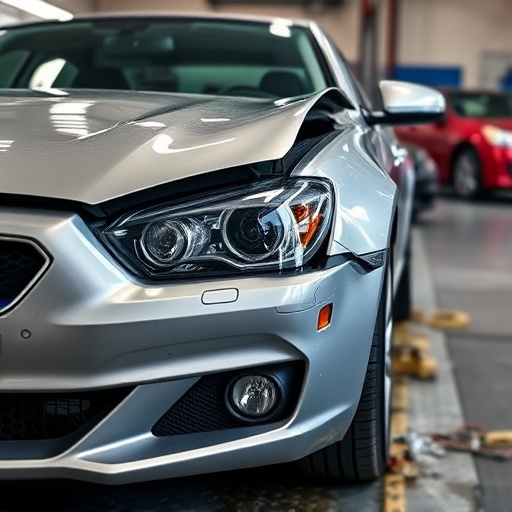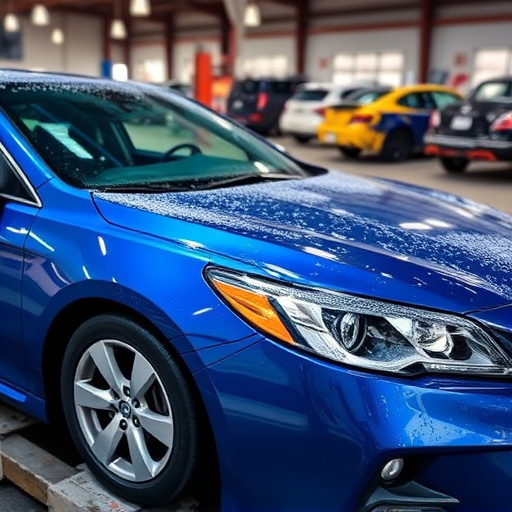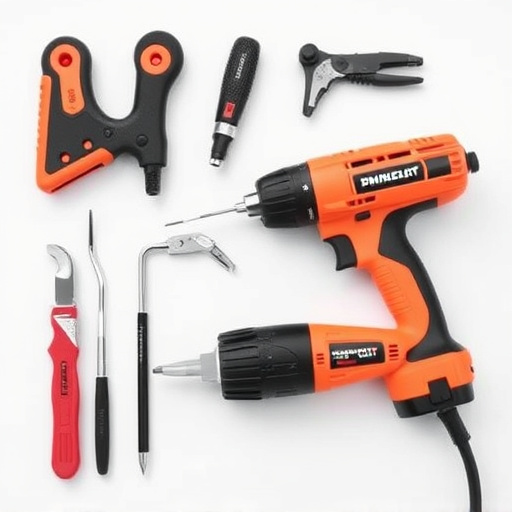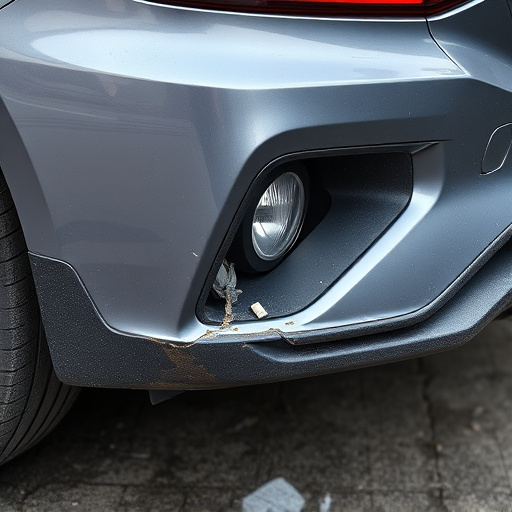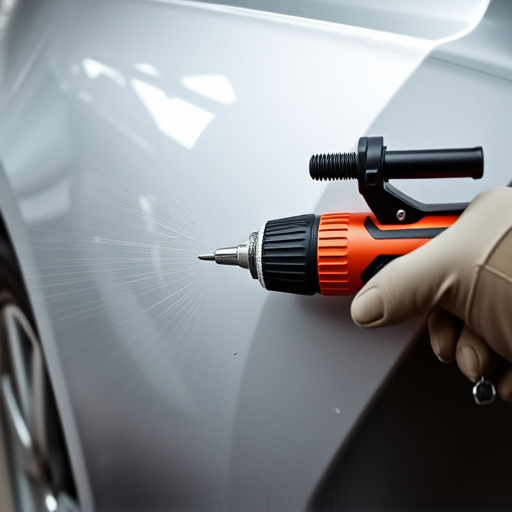Tesla performance calibration is a meticulous process that tunes your electric vehicle for peak power, efficiency, and safety. By optimizing fuel injection, ignition timing, and transmission settings, it enhances acceleration, braking, and handling while reducing wear on critical parts. Regular calibration promotes long-term reliability, saves costs, and maintains flawless integration of safety systems, ensuring a safer driving experience from everyday commutes to vibrant city drives. Best practices include consistent service at authorized centers and avoiding harsh driving habits.
Tesla owners often wonder about the secret to their vehicle’s remarkable performance and longevity. The answer lies in Tesla performance calibration—a sophisticated process ensuring optimal engine and drivetrain behavior. This article delves into understanding the fundamentals of Tesla performance calibration, exploring its profound effects on long-term reliability. We’ll guide you through the benefits and best practices to maintain your Tesla’s peak performance, offering insights that every owner should know for a seamless driving experience.
- Understanding Tesla Performance Calibration: The Basics
- How Performance Calibration Impacts Long-Term Reliability
- Benefits and Best Practices for Maintaining Your Tesla's Performance
Understanding Tesla Performance Calibration: The Basics

Tesla performance calibration is a process that fine-tunes your vehicle’s engine and drivetrain components to achieve optimal power delivery and efficiency. It involves adjusting various parameters, such as fuel injection, ignition timing, and transmission settings, to ensure your Tesla operates at peak performance from day one and maintains that level over its lifespan. This isn’t just about maximizing horsepower; it’s also about ensuring long-term reliability by minimizing wear and tear on critical parts, which can save you time and money in the future, even if you’re relying on a vehicle body shop for repairs or automotive repair services down the line.
The process is designed to cater to Tesla’s unique electric and autonomous driving dynamics. By calibrating the system, technicians can optimize acceleration, braking, and handling, enhancing the overall driving experience. Moreover, regular calibration helps maintain the vehicle’s safety systems, ensuring that sensors and controls work flawlessly together. This attention to detail not only keeps your Tesla running smoothly but also prepares it for any eventualities on the road, whether you’re taking it through a car dent repair or simply enjoying a vibrant, bustling drive.
How Performance Calibration Impacts Long-Term Reliability

Tesla performance calibration plays a pivotal role in ensuring long-term reliability of your vehicle. It meticulously fine-tunes various systems including engine, transmission, and brakes to deliver optimal performance consistently over time. Regular calibration helps maintain precision in power delivery, enhances fuel efficiency, and extends the lifespan of critical components.
Moreover, Tesla performance calibration contributes to safer driving experiences by ensuring precise handling and responsive braking. Unlike conventional vehicles that may require frequent auto glass replacement or collision repair services due to unpredictable failures, a well-calibrated Tesla is less susceptible to such issues. This proactive approach not only reduces the need for costly repairs but also provides peace of mind, knowing your vehicle is performing at its peak under all driving conditions.
Benefits and Best Practices for Maintaining Your Tesla's Performance

Maintaining your Tesla’s performance is akin to caring for a high-performance machine. Regularly scheduled Tesla performance calibration ensures optimal engine and drivetrain synchronization, enhancing both power delivery and fuel efficiency. Think of it as fine-tuning your vehicle to reach its peak potential.
Best practices involve consistent service at authorized service centers focusing on key areas like wheel alignment, tire pressure monitoring, and regular software updates. Unlike a collision repair center or car dent repair shop, these services are tailored to keep your Tesla running smoothly over the long term. Avoiding excessive acceleration and maintaining a steady speed can also preserve performance. Additionally, utilizing car repair services specializing in electric vehicle technology will ensure any issues are addressed promptly and accurately, keeping your Tesla reliable and efficient on the road.
Tesla performance calibration is a key factor in ensuring your vehicle’s long-term reliability. By understanding how it works and implementing best practices, you can maintain optimal performance and extend the lifespan of your Tesla. Regular calibration not only enhances overall efficiency but also safeguards against potential issues down the line. Thus, prioritizing this maintenance step is a wise decision for any Tesla owner.


